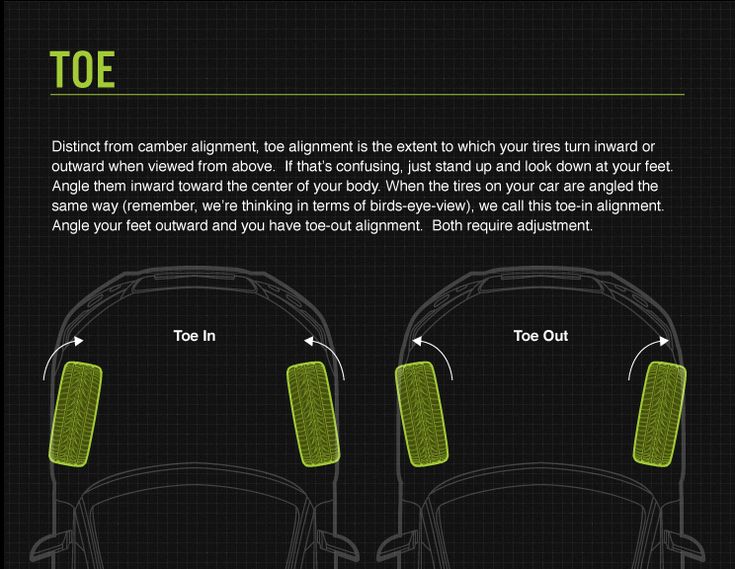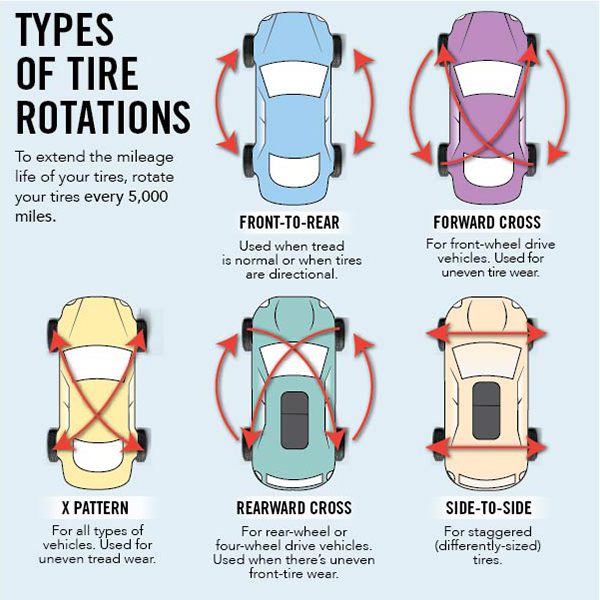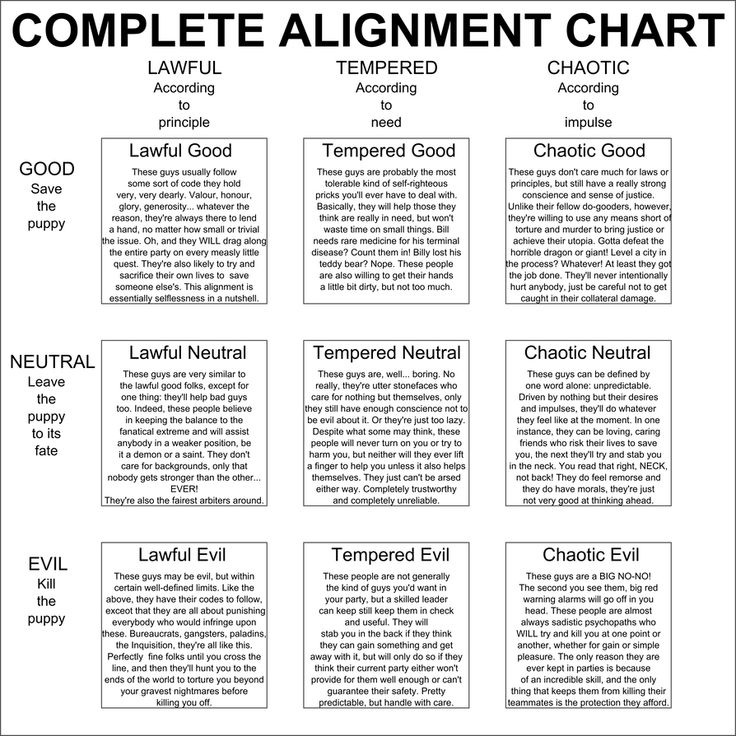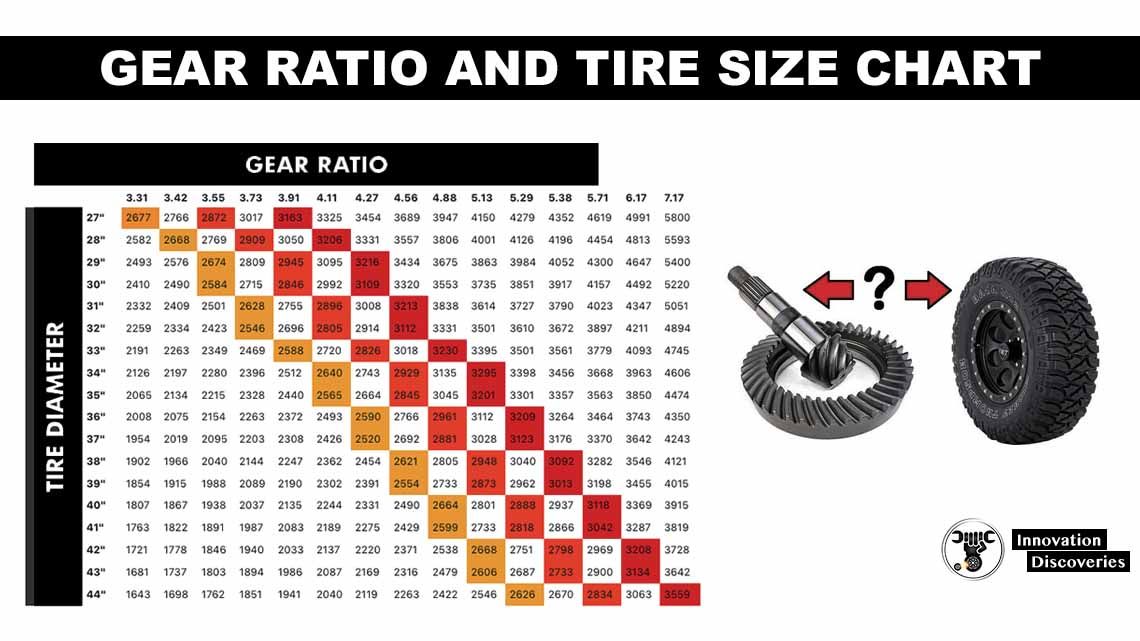If you’re wondering, “do I need a wheel alignment,” the answer is likely yes. Alignments help to keep your wheels pointed in the right direction, and when misaligned, you may experience a few uncomfortable and potentially dangerous symptoms. From reduced fuel economy, premature tire wear, and difficulty steering, wheel alignments are an important part of vehicle maintenance.
Despite the name, a wheel alignment (also known as tire alignment) isn’t an adjustment of the wheel and tire themselves. In fact, they're performed by adjusting your car’s steering and suspension, which connects your vehicle to its wheels. Proper alignment is achieved by adjusting the angles of your tires, which impacts how they make contact with the road. Every vehicle’s optimal alignment angles are dependent upon the make, model, and manufacturer's recommendations.
Wheel alignment is necessary for the best possible driving experience. When your car rolled off the manufacturer assembly line, it came preset with specific tire angles and positioning. And for good reason too! In order for your vehicle to travel the way it’s supposed to, your wheels need to be precisely aligned to OEM specifications. Misalignment can lead to uneven tire wear, poor handling, and shorter tire life. In short, tires can be expensive. But fortunately, keeping them properly aligned could make them last longer.
Typically, how often you need a wheel alignment depends upon your typical road conditions and how you drive your vehicle. But it's important to note that bad roads can often be the cause of alignment issues. If you frequently ride over potholes, drive down poorly maintained roads, or even hit a curb, your alignment can be affected.
The general recommendation is to have your alignment checked at the first signs of misalignment or around every 6,000 miles. Your tires and your wallet will thank you.
A tire alignment ensures optimal drivability. From helping your tires last longer and keeping your vehicle drive smoother to ensuring your wheels are pointed in the right direction, regular wheel alignments provide many great benefits. Alignment issues can also cause your car to guzzle gas more quickly, so an alignment can potentially lead to a more efficient ride as well.
Poor alignment is a common cause of uneven tire wear. Ideally, you should see even wear across your tires’ treads if you are keeping up with rotations. If you’re noticing excessive wear, you may need an alignment adjustment or have too much junk in your trunk.
Poor alignment can shorten your tires’ lifespan by thousands of miles and compromise crucial steering and suspension components — resulting in a big hit to your wallet. Enjoy better fuel economy and longer-lasting tires by having your alignment checked, at the very least, with every other oil change or at the first sign of uneven or premature tire wear.
There are some noticeable signs that could indicate a misalignment. Just use your eyes, ears, and hands. Your senses (and even the good old personal hunch) are great for spotting alignment issues. Here are some common signs that you are dealing with poor alignment:
Are you noticing symptoms of alignment issues? Schedule an alignment check at Firestone Complete Auto Care to get your ride pointing in the right direction.
While it’s best to leave wheel alignments to the professionals, there are steps you can take to help prevent misalignment. Here are some tips:
 Remove what you don’t need, and then make sure to have your alignment checked since your alignment can’t self-adjust.
Remove what you don’t need, and then make sure to have your alignment checked since your alignment can’t self-adjust.Tire misalignment can be so subtle, you may not even realize it. If you are unsure about your current alignment, call on your local Firestone Complete Auto Care. Luckily, we have the precision equipment and expertise to check your alignment and fix it if needed.
Keeping your vehicle’s wheels aligned not only ensures you drive in a straight line when you’re on the road, but it also protects the overall wellbeing of your vehicle. Poor alignment can cause your tires to wear irregularly and can negatively affect the overall handling of your vehicle.
If you take your vehicle off-roading on a frequent basis, you may need to get your vehicle an alignment sooner than an individual who uses their vehicle for commuting purposes only. If you enjoy off-roading, it is important to know the signs that your vehicle needs an alignment.
#1. Your Steering Wheel Doesn’t Stay Straight
When you drive your vehicle, if you let go of your steering wheel, it should stay centered. It may drift a little if the road is curved downwards to the left or right for drainage purposes, but your steering wheel should stay mostly straight.
If you let go of your steering wheel while you are driving and it pulls harshly to the left or the right, that is a strong sign that your vehicle is out of alignment. You may also feel this pull when you are driving. It shouldn’t take a lot of effort to keep your vehicle driving straight.
This warning sign is more obvious with front-wheel drive vehicles and less obvious with four-wheel or all-wheel drive vehicles.
When you get your tires aligned, the mechanic will make sure your tires align with your steering column. This should eliminate the pull you feel and see on your steering wheel while you drive.
#2. Your Tires Start to Wear Abnormally
All of your tires should ideally wear down at the same rate, provided you properly rotate them at the recommended mileage for your vehicle. The tread should wear down in the center of your tire, where your tire has the most contact with your vehicle.
When your vehicle is not properly aligned, you may start to see abnormal wear patterns on your tires. Specifically, you will notice that your tires seem to be wearing down more on one side or edge than on the other. Your vehicle being out of alignment generally causes this type of abnormal wear pattern.
You want your tires to wear down evenly. This will provide you with the smoothest ride. When your tires wear evenly, you will also be able to replace them all at the same time, which is the ideal way to replace your tires.
#3. Your Wheel Starts to Vibrate
When you hold onto your steering wheel, you may feel the bumps in the road as you go over them, but you shouldn’t feel your steering wheel move at all. Your steering wheel should not vibrate. When your alignment is off, your steering wheel may vibrate.
If your tires are off balance or out of alignment, they can cause vibrations in your steering wheel. They can get off balance if you drive over a pothole or participate in general off-roading activities. You may not feel your steering wheel vibrate when you are driving at slower speeds through town.
However, when you get on the freeway or drive on roads with a higher speed limit, you will start to feel the vibrations more. You feel the vibrations more at higher speeds because your tires are rotating faster.
Over time, if you don’t get your vehicle aligned, the vibrations will get worse. This can compromise your ability to keep a good grip on your steering wheel and drive safely down the road.
If your steering wheel doesn’t stay straight and starts to vibrate when you drive, you need to get your tires aligned. Be sure to watch for irregular wear patterns as well. The professionals at Evans Tire & Service Centers can help you keep your off-roading vehicle in proper alignment for all of your adventures.
LADA
UAZ
KIA
Hyundai
Renault
Toyota
Volkswagen
Skoda
BMTs
BMAN
BMARS
BMAN
Mitsubishi
Mazda
Ford
All brands
Related materials
Seasonal tire change: everything car owners need to know
To begin with, a small educational program. Balancing is the alignment of the center of mass of the wheel with the axis of rotation. In this case, the loads are fixed opposite the heavy part of the wheel. This is the definition of static balancing. And since the wheel is not a thin disk, but rather a wide roller, the so-called dynamic balancing is necessary, when loads are placed both on the outer and on the inner parts of the wheel disk. Naturally, the wheels need to be balanced immediately after mounting the tire on the rim: after all, the imbalance can reach 50–60 g on each side. If it turns out more, then it makes sense to "twist" the tire relative to the disk, ensuring their mutual rotation by 180 degrees. With this initial balancing, tire workers provide an imbalance of less than 5 g per side. It is believed that a new tire is capable of slightly changing its position on the disk in the first kilometers, and therefore the balancing will go away a little.
In this case, the loads are fixed opposite the heavy part of the wheel. This is the definition of static balancing. And since the wheel is not a thin disk, but rather a wide roller, the so-called dynamic balancing is necessary, when loads are placed both on the outer and on the inner parts of the wheel disk. Naturally, the wheels need to be balanced immediately after mounting the tire on the rim: after all, the imbalance can reach 50–60 g on each side. If it turns out more, then it makes sense to "twist" the tire relative to the disk, ensuring their mutual rotation by 180 degrees. With this initial balancing, tire workers provide an imbalance of less than 5 g per side. It is believed that a new tire is capable of slightly changing its position on the disk in the first kilometers, and therefore the balancing will go away a little.
Now let's turn directly to our topic. If you alternately install either winter or summer tires on the same wheels, then you cannot avoid balancing. There is nothing to argue about here. The question of balancing every season arises only for those car owners who have two complete sets of wheels: summer and winter.
The question of balancing every season arises only for those car owners who have two complete sets of wheels: summer and winter.
Related materials
Routine work that everyone ignores (and in vain!)
So, should the wheels be balanced at every seasonal change?
If you approach the process formally, then you should remember the instructions for the car. It is usually recommended to balance the wheels after a run of 10,000 to 15,000 km. If you drive less in one season, then you definitely shouldn’t balance, except for the cases specified below.
But this is in theory, but in practice I advise you to monitor the behavior of the car. If there is no noticeable beating of the steering wheel, then balancing is not needed. The beating of the rear wheels is felt less, but they usually suffer less often. In any case, you should feel a strong imbalance.
If you change your own wheels twice a year, the following recommendation applies. Put the wheels on and ride for a couple of days. During this time, the tire will get rid of the deformations that occurred during storage. If there are no vibrations at any speed with which you drive, balancing can not be carried out.
Put the wheels on and ride for a couple of days. During this time, the tire will get rid of the deformations that occurred during storage. If there are no vibrations at any speed with which you drive, balancing can not be carried out.
Related materials
10 procedures without which it is better not to drive
Balancing is required in the following cases:
Photo: depositphotos.com
Our new video
When will the Russian electric truck EVM Pro appear? Details are known
Test of the most modern in the history of the Volga GAZ-3111
Anti-crisis UAZ Patriot: the pros and cons of "simplified"
Like the article? Subscribe and you will always be in the know!
Driving in Zen
 Petersburg
Petersburg Skip to content
Tire replacement St. Petersburg at an authorized dealer at competitive prices.
We give a 40% discount for the first visit!
When you apply to the Elan-Motors car service center with a request to change tires, you get a consistently excellent result, at the most inexpensive and promptly. If tire fitting is done professionally, it can significantly contribute to the economy and safety of the car.
The decision to use the services of "Elan-Motors" for tire fitting will give you many additional benefits. We will perform professional diagnostics to accurately determine the condition of tires. If a replacement is required, we provide personalized, responsible tire recommendations.
We are well aware that customers require a different balance of quality and price, so we will select only the ideal option for your machine. It is not worth saving in such a case, since tires of a lower standard wear out faster and can even cause unforeseen circumstances while driving.
It is not worth saving in such a case, since tires of a lower standard wear out faster and can even cause unforeseen circumstances while driving.
We are also committed to excellence in tire placement. It is important to ensure that your vehicle has four identical tires, or at least one identical pair on each axle. During the fitting, we can recommend fitting the best tires to the front axle, as this is where the most wear occurs.
The most obvious sign that a tire needs to be replaced is an excessively worn tread. You can evaluate this yourself, for example, by inserting a coin into the grooves at different points on the surface, and then compare the result with the manufacturer's official recommendations. You need to do this about once a month.
However, nothing can replace a professional opinion, so come and see us if you have even the slightest doubt. We use state-of-the-art technology to accurately determine tread wear.